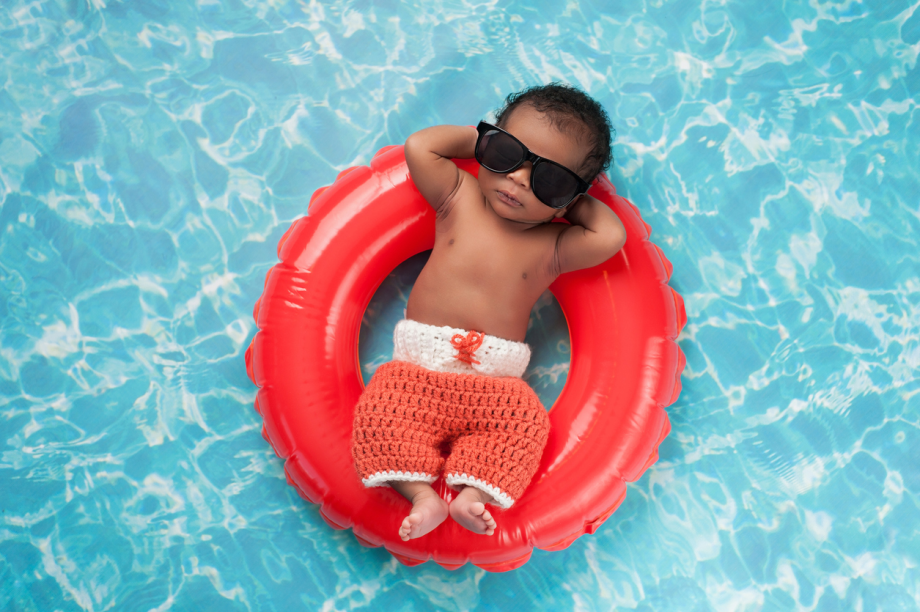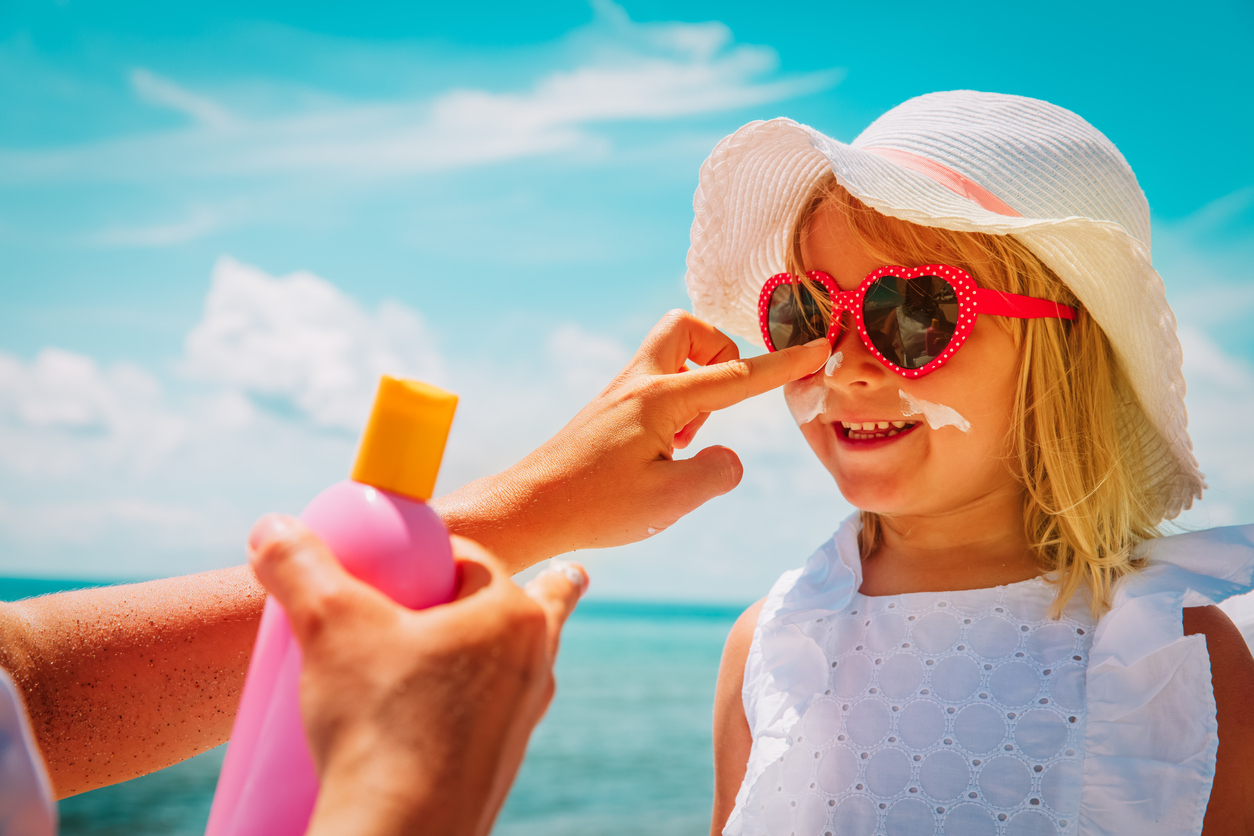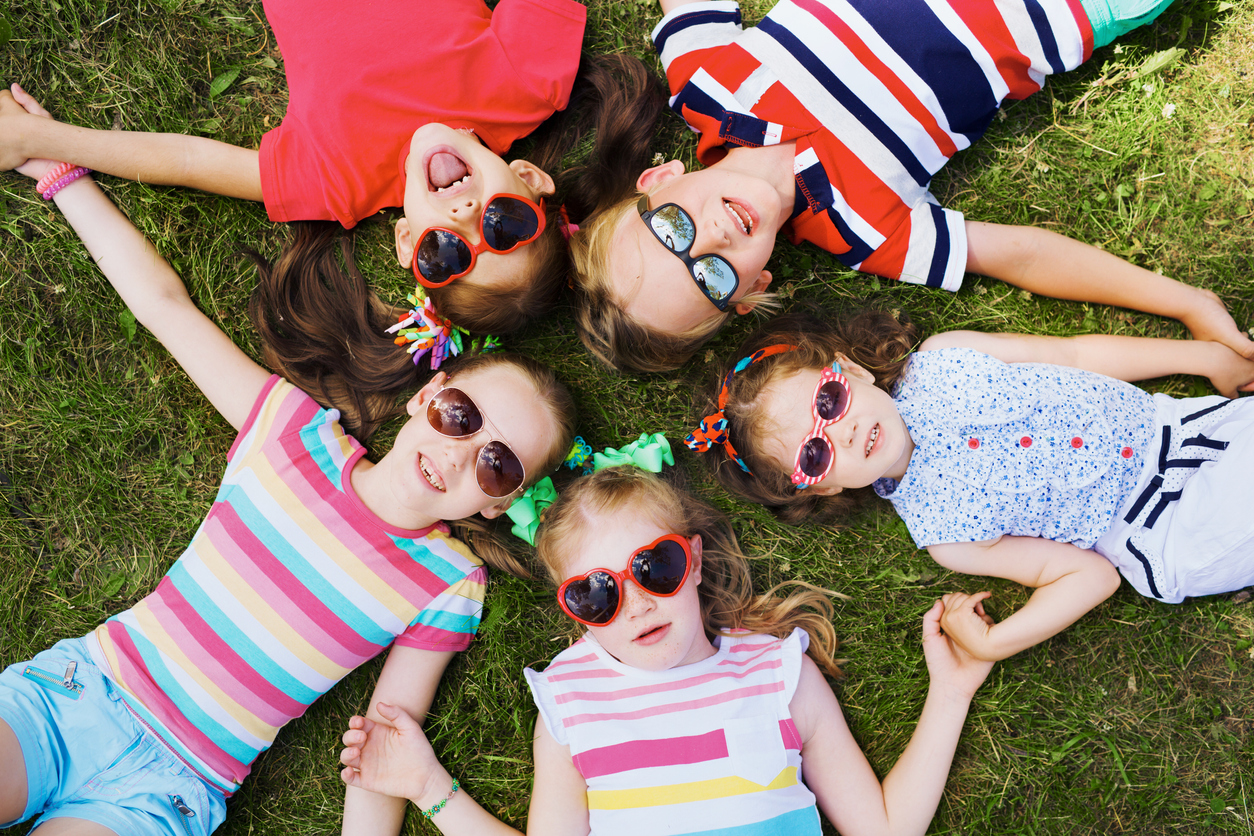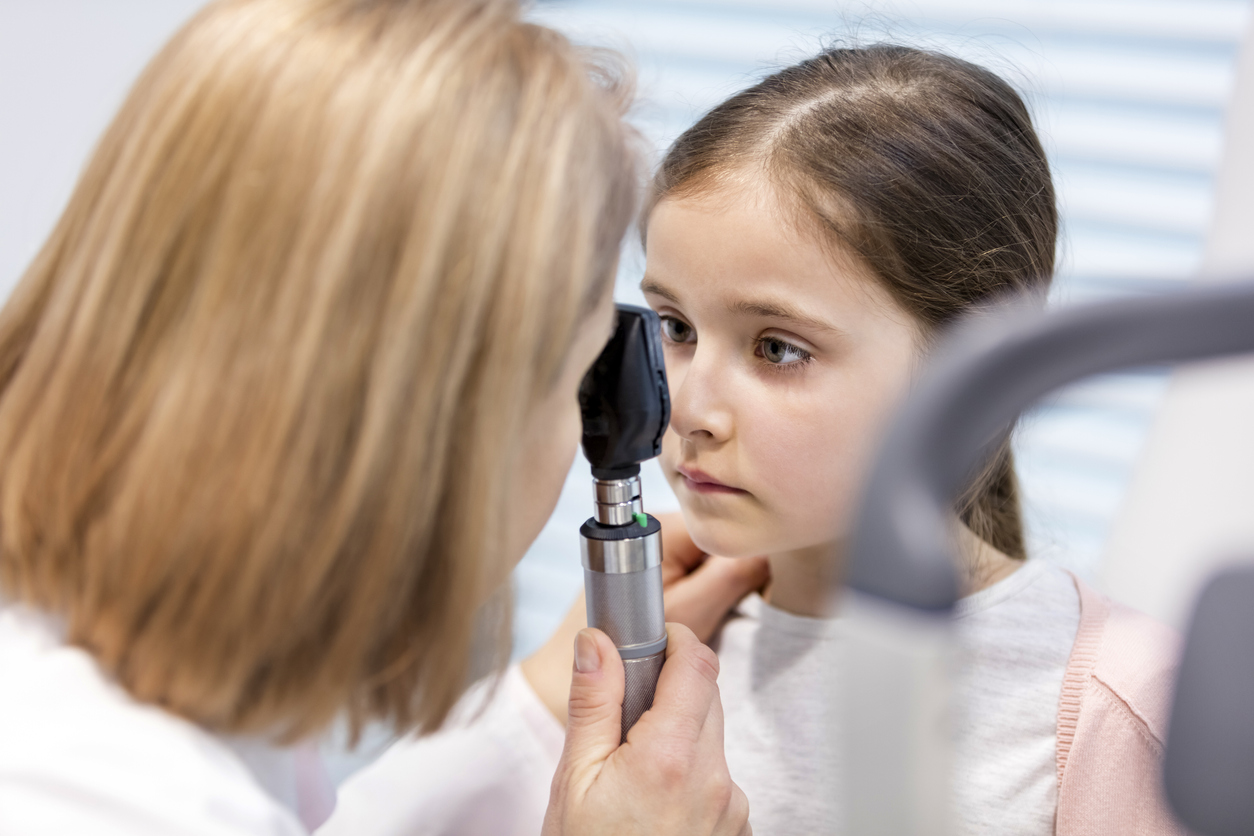Eye Health: Protecting Your Little One From Harmful UV Rays

Skin cancer is always a major concern during the summer months, putting sunscreen at the top of every parent’s list of things to pack for outdoor activities. However, there is a very important part of your child’s anatomy that you may be neglecting — their eyes. In fact, according to the Centers for Disease Control and Prevention (CDC), “UV exposure increases the risk of potentially blinding eye diseases, if eye protection is not used.” So, let’s take a look at the best ways to protect your child's eyes and the repercussions that can occur if they become an oversight.
UV Radiation & Your Child's Eye Health
Ultraviolet (UV) radiation is essentially energy emitted from the sun. There are two types of rays that can reach the earth’s surface. These are called UVA and UVB rays. The ‘A’ stands for ‘aging’ and the ‘B’ stands for ‘burning’. No matter your age, both are harmful, but babies and toddlers eyes are particularly precious.
We all know that spending too much time in direct sunlight can lead to a sunburn of the skin. What you may not realize is that these same UV rays can harm the tissues of the eyes as well. Over time, this exposure can cause permanent eye damage.
Many parents may not be aware that children's eyes are more susceptible to sun damage. This is due to the fact that the lens of their eyes is more translucent and their pupils are larger than those of adults. This allows for the rapid absorption of harmful UV rays and a higher prevalence of eye problems. Therefore, it is extremely important for children, especially those under the age of 10 as well as those with lighter colored eyes, to wear sunglasses whenever they are outside.
Sun Damage Can Occur in Any Type of Weather
There is a common misconception that both higher temperatures and direct sunlight will increase the impact of UV radiation. Eye problems can occur in the heat of the summer, the cold of winter, on a perfect day filled with blue skies, and in overcast conditions.
Moreover, indirect sunlight can also cause eye problems. That is because UV light reflects off of surfaces like snow, ice, water, sand, grass, and even concrete. While cloud cover will lessen the amount of UV radiation that can get through, cloudy days do not fully protect you from the sun’s rays. This makes UV protection imperative every single day of the year.
Eye Conditions Will Occur Without Proper Protection

Over the long term, sun damage can lead to cataracts (cloudy vision), macular degeneration (blurred or reduced vision due to damage of the retina), and cancer. However, there are other short-term conditions that can impact your child much earlier in life.
For instance, photokeratitis is an acute condition that occurs when the eyes are damaged by UV rays. Symptoms can surface in as little as six to 12 hours following sun exposure. This is often referred to as a sunburn of the eyes or snow blindness. It causes painful, red, and watery eyes. It can also trigger light sensitivity, swelling, and even temporary vision loss. While it normally goes away within a few days, repeated instances can lead to the development of some of the long term conditions mentioned above.
Another ocular issue that happens in younger individuals is pterygium or surfer’s eye. This is the growth of tissue on the eyes that can cause burning, redness, swelling, dryness, and blurred vision. Unlike photokeratitis, this condition will not resolve on its own, and instead, can require surgery. The American Academy of Ophthalmology notes that this condition “can show up in our teens or 20s. Surfers, skiers, fishermen, farmers and others who spend long hours under the midday sun or near rivers, oceans and mountains are at risk.”
How to Protect Your Baby's Eyes
First and foremost, the American Academy of Pediatrics recommends that all infants under the age of six months should be kept out of direct sunlight. However, once they surpass this milestone, investing in a dependable pair of sunglasses is key to preventing future vision problems.
Not Just Any Type of Sunglasses

When shopping for the proper shades, we all tend to gravitate towards the specs that best suit our style. However, what matters most is finding a pair that have 100% UVA and UVB protection. Look for the term ‘UV400’ marked on the glasses. Additionally, polarized lenses are more likely to stay on your little one’s face because they help to reduce and even eliminate glare from reflective surfaces like water, sand, and concrete.
Another key quality to prioritize in this crucial decision is a durable design. Toddlers get busy playing all sorts of activities and sunglasses are expensive! Therefore, look for impact-resistant frames made with silicone or rubber and choose lenses with a polycarbonate composition. While not completely shatterproof, it is the closest you can get to achieving this goal!
Moreover, while slightly more expensive, there are products that come with spring hinges at the joints. For younger children who may bend the glasses in the wrong direction, this can be a sound investment.
Finally, look for options that will block out as much light as possible. The top features include large lenses, wrap around frames, and goggle style shades for babies and toddlers who are more prone to removing this accessory from their face.
Lens Color Matters for Older Kids
Research shows that by choosing lenses with a dark gray tint, the colors in view will stay intact. For the teens who are learning to drive, this is a key feature to look for in their shades. Geico reports that “pink, blue or green lenses might look like fun, but they can make red traffic lights indistinguishable from those that are yellow or amber.”
Limit Time in the Sun
Sunshine is a proven mood booster, it aids in sleep, and gives us some much needed vitamin D. However, for young children, it is important to limit their time in the sun, especially when the UV index is high (anything over 3 starts to become more dangerous). If you do plan to spend large stretches of time outside, avoid the peak sunlight hours of the day when the sun angle is the steepest. This is generally between 10 AM and 4PM in America, however, Southern states can see this extend to as late as 7 PM in the summer months. Furthermore, in addition to sunglasses, dress your kids in wide brimmed hats and look for UPF fabrics with a rating of 50+ to help block out even more of this harmful UV light. Lastly, take ample breaks in the shade. This can help to diminish the risk of UV damage.
Protect Your Child's Eyes with Regular Exam

Obviously, if you ever have a concern about your child’s vision, make a point to take them to the eye doctor immediately. Concerning symptoms can include your child squinting more, not being able to identify different objects at a distance, or regular complaints of discomfort or pain. However, even without issues, it is important to start taking your child to an optometrist at an early age.
The American Optometric Association states that children should have “a comprehensive baseline eye exam between the ages of 6 months and 12 months, at least one comprehensive eye exam between the ages of 3 and 5 to check for any conditions that could have long-term effects, (and) an annual, comprehensive eye exam starting before first grade.” These visits can help to ensure that your child maintains good eye health and that any problems are addressed early.

